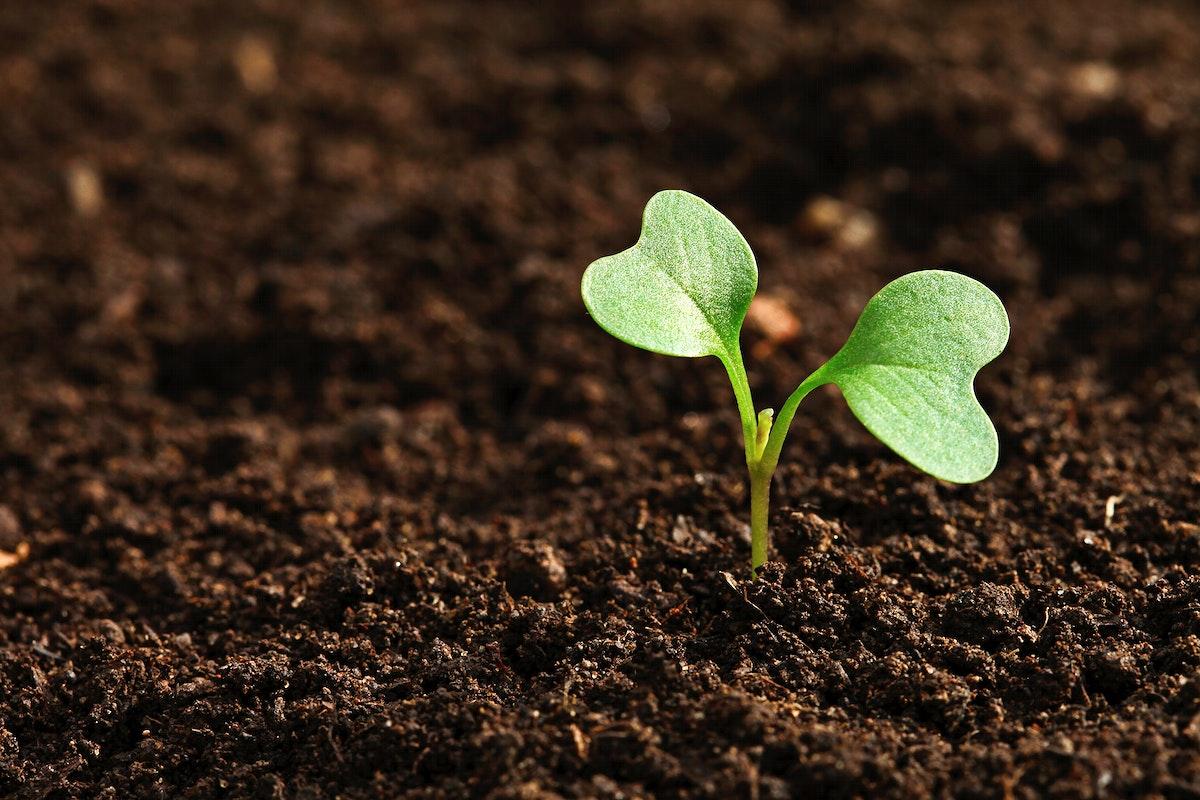
Engineering Greenhouse Design
by Kelly Smith
~Students apply the engineering design process as they learn the advantages and disadvantages of the greenhouse effect.
~Students will work collaboratively to construct a miniature greenhouse to understand how their designs incorporate the processes of heat transfer within a controlled environment.
~Students will collect, record and graph data over time as they compare the inside temperature of their greenhouse to outside.
~Lesson includes extension options in addition to community connection opportunities (University of Arizona's Controlled Environment Agriculture Center as well as Biosphere 2).
Lesson Plan Link/URL
https://docs.google.com/presentation/d/1VZKFo5-eWQEhZQ7fv1NFkKfp6eqLqQtZ/edit?u…Subject Area
Science Physical Science P1: Matter P4: Energy Transfer Earth and Space Science E1: Earth Systems Technology 2. Digital Citizen 4. Innovative Designer 5. Computational Thinker 6. Creative Communicator Engineering S2: Apply the Engineering Design Process S4: Apply Science to Engineering Mathematics Measurement and Data (MD) English Language Arts (ELA) Reading (Informational Text)Related Content

Grades:
7th Grade, 8th Grade, 9th Grade, 10th Grade, 11th Grade, 12th Grade
Want to incorporate the Arts into your 7-12 STEM classroom? The Global Science Opera provides a way to do just that! Learn how to facilitate a STEAM collaboration with arts teachers to make it happen.

Grades:
3rd Grade, 4th Grade, 5th Grade, 6th Grade, 7th Grade, 8th Grade
Coding and flying drones what a match! Students will have the chance to experiment with flying a drone in a simulator. The lesson includes 4 missions incorporating forces of flight acting on a drone.

Grades:
10th Grade, 12th Grade
This lesson builds on the Part 1 of Urbanization Impacts in the HS Environmental Science classroom. In this lesson, students are utilizing their knowledge to create models of solutions to the